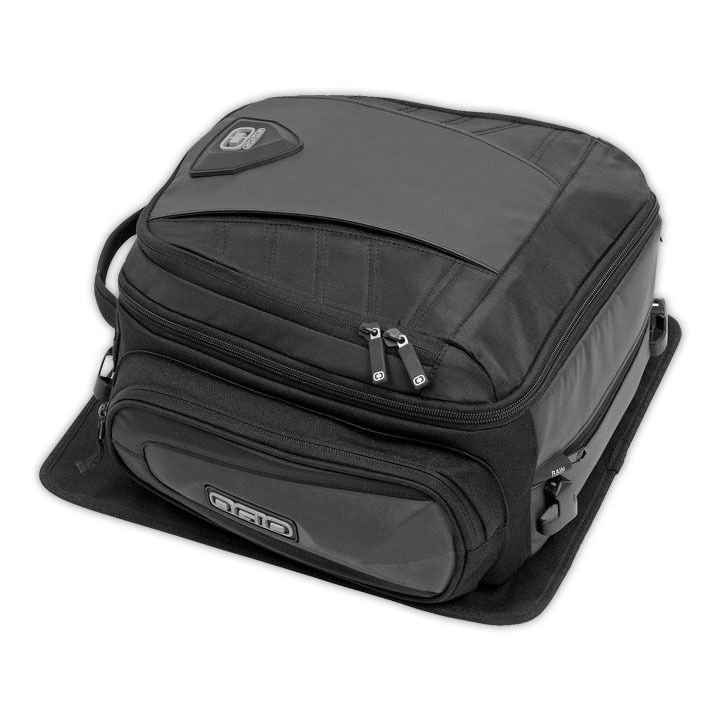
Ossa prices are still very reasonable as they are still not popular. The rider was talented in the art of crossing-up and wasted valuable energy and time showboating over each jump. Tuned softer than a MX engine, the Ossa grunted around the track fairly well. I saw a Pioneer race motocross out at Haney Town a long time ago. I felt the Ossa name was sullied for no good reason and if it was me that did something so stupid (and I have) I would have kept quiet about the situation. Even as a young whippersnapper I knew you couldn’t let stuff bounce around on a dirt bike. One road tester stuck a spare plug in the Ossa’s fiberglass rear fender storage area and then complained when the loose plug beat a hole in the compartment…after riding trails. The cycle magazines of that era praised the Ossa for its handling and generally good off road manners. So maybe rarity has something to do with my fascination with the brand. The Ossa was similar in construction to a Bultaco but where there were four or five Bultacos running around the town where I grew up there were no Ossas. (Don’t leave your weed whacker in the back of a pickup truck for 6 months.) I’m assuming that problem has been fixed because the IMS rotocast tank on the Husky has held up fine for 5 years.

The new stuff is not without its problems as I’ve had fuel tanks that were exposed to sunlight crumble into dust. Rotocast, alcohol resistant, poly-some-such-crap has taken its place. Unfortunately, modern alcohol laced fuel plays hell with fiberglass so the use of the miracle plastic has faded. The Spanish built Ossa’s bodywork was fiberglass, the original miracle plastic that many manufacturers used back in the late 1960s and 1970s. That cool rear fender extension gave the bike a flat track look that I have been a sucker for since forever. It was like some sort of cheerful, horse drawn funeral wagon. I loved the old-fashioned, pin-striped black panels over the orange base. OSSA bikes continue to enjoy popularity even today among collectors and enthusiasts.The styling of the 250cc Ossa Pioneer is what attracted me to the bike in the first place. In addition to their suitability for racing, in terms of power-to-weight, Ossa motorcycles gained a reputation for reliability on and off the race track.

In the United States and Canada, off-road motorcycling – and particularly the newly imported sport of motocross to which the lightweight and powerful Ossa was well suited – enjoyed surging popularity.


OSSA reached its highest production levels in the motorcycle boom of the 1960s, exporting large numbers of exports to other European countries, but also significantly, to North American markets. In 1940 Giró changed the primary focus of his company to building racing motorcycles and after the war, he obtained superior two-stroke engine technology from the German DKW factory as war reparations and was mass-producing his two-stroke motorcycles by1949. Before World War II, Giró was the Spanish sidecar racing national champion, along with his co-pilot, the future founder of Bultaco motorcycles, Francisco Bultó. The company’s four-leaf clover emblem wasn’t actually a four-leaf clover and rather an escapement mechanism of a film projector.
#Ossa motorcycle bag movie#
Founded by Manuel Giró, an industrialist from Barcelona as Orpheo Sincronic Sociedad Anónima, the original OSSA company got its start in 1924 by making movie projectors for its home market in Spain. Love this shot of Ewan McGregor his original OSSA Motorcycle.


 0 kommentar(er)
0 kommentar(er)
